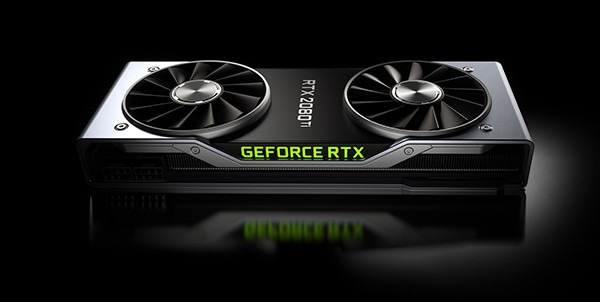Tech
gaming-reviews.com is a Fraud

Difference between Intel and AMD Processors
When it comes to CPUs, the two most prominent names that come to one’s mind are Intel and AMD. Both of these companies have made their mark in the computing and tech industry and are producing some of the most productive and very useful processors.
However, little do people know about the difference between the processors created by both companies. Whereas stats-wise, it seems as if both the companies produce very similar CPUs, the reality is far from this. Let’s take a better look to understand how the processors made by these companies differ from each other.
Compatibility and Out of the Box Features
First things first; the major difference between the CPUs produced by the two companies is the compatibility of other components such as motherboard, GPU, and cooling systems. Talking of motherboards, AMD supports the AM4 series motherboards in its recent CPUs. These are considered to be far more effective than the LGA1200 motherboards supported by the Intel processors.
This is because a range of different motherboards can be paired up with AMD CPUs thanks to its better technology. To get a better idea, you can check the best motherboards for Ryzen 5 3600.
From the GPU point of view, most Intel processors come with their own set of graphics cards. These are missing in the AMD processors. However, the stock graphics cards in Intel processors suffice only for basic usage and it is recommended to upgrade if high-quality gaming or other demanding tasks need to be done.
Cooling systems vary in the processors. Whereas in Intel’s K series processors coolers are a common find, they aren’t so common in other processors which is a downside. Most of AMD’s processors, on the other hand, come with a stock cooling system called the Wraith Spire or Wraith Stealth cooler depending on the model you purchase; therefore, AMD takes the lead here.
Clock-speeds
Clock speed scores are considered as the base for speed comparison between any two processors. When it comes to clock speed comparison between AMD and Intel processors, the results are highly variable depending on which exact models you draw the comparison between.
In most cases, the clock speeds – both base and overclocked – are the same for both the processors. For example, the Core i5 9600K and the Ryzen 5 3600X have a very minimal difference in their clock speeds.
However, in some processors, Intel takes a lead. For example, the Core i9-11900K provides 5.3Ghz when overclocked as compared to 4.8GHz on Ryzen’s 9 5900X.
All in all, the differences on paper are quite minimal. Sometimes one processor takes the lead in base clock speeds whereas the other is slightly ahead in over-clocked speed and vice versa. But generally speaking, the clocking speeds are indifferent to the processors of both companies.
Manufacturing and Lithography
The lithography and manufacturing of a processor have a strong influence on its performance. AMD’s processors look to have better lithography and manufacturing, therefore, taking the lead in this department.
For the sake of comparison, the Core i9 11900K despite being released in the first quarter of 2021, still is based on the 14nm lithography, compared to Ryzen 9 5900X’s 7nm despite the latter being more than four months older than the former. Cores and threads are other areas where AMD has the lead. In the same processors discussed above, AMD puts 12 cores with 24 threads whereas Intel adds merely 8 cores with 16 threads, clearly showing how ahead AMD is in this matter.
Owing to the latest technology that AMD uses, it is also much less energy-consuming – a TDP of 105 watts on the same CPU discussed earlier as compared to 125 watts on Intel’s flagship i9-11900K. The Zen3 architecture is also more popular amongst experts in the gaming and tech industry as compared to Intel’s Rocket Lake technology.
All of these points clearly show Intel has the lead in this department.
Prices
Pricing is a sector where both these tech giants seem to cooperate with and make space for each other. In the lower and mid-range processors line, AMD charges a higher price than Intel whereas, in the topmost and flagship processor line, the tables turn with Intel charging a more premium price.
Bottom Line
All in all, Intel processors are although a bit behind on paper as compared to AMD’s, they are still the preference of many gamers and hardcore users as the data shows that games and other programs perform better on Intel processors. However, AMD processors aren’t too far behind and give a tough competition to their counterparts. Deciding which one to buy would depend more on your usage and budget, therefore you should first comprehend your need and then go out in the market to buy one for yourself.
When it comes to CPUs, the two most prominent names that come to one’s mind are Intel and AMD. Both of these companies have made their mark in the computing and tech industry and are producing some of the most productive and very useful processors.
However, little do people know about the difference between the processors created by both companies. Whereas stats-wise, it seems as if both the companies produce very similar CPUs, the reality is far from this. Let’s take a better look to understand how the processors made by these companies differ from each other.
be aware of these fraudsters: [email protected] and [email protected] if they tried to contact you for a sponsored post
to request, modification Contact us at Here or [email protected]



